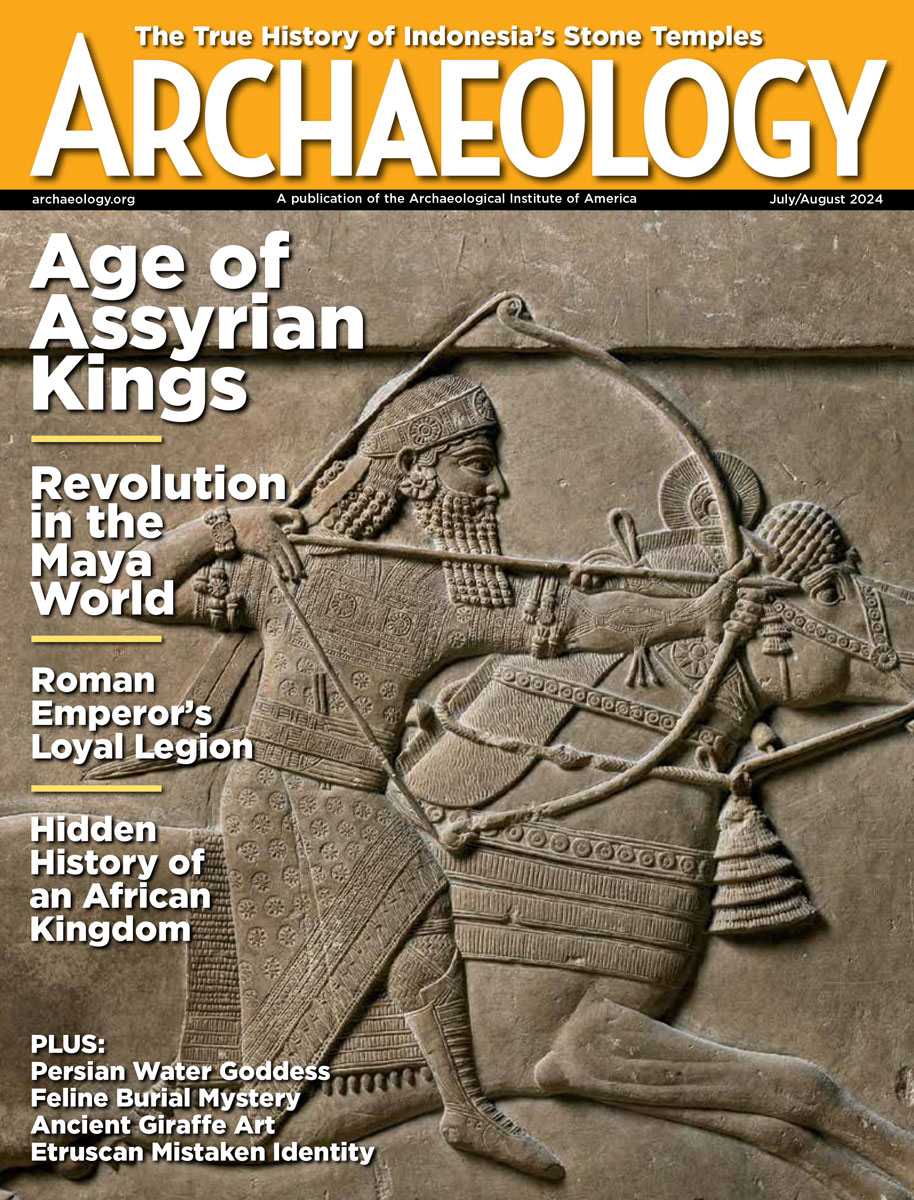Friday, February 1
February 1, 2008
 The Bowers Museum is one of the southern California museums under investigation by the federal government on suspicion of accepting looted antiquities. Its current exhibition, “Ancient Arts of China: A 5,000 Year Legacy,” reportedly includes 13 objects from a collection owned by Tei-Fu Chen and Oi-Lin Chen, who plead guilty in the 1990s to tax evasion and art smuggling. Authorities do not know at this time if the 13 artifacts on display were stolen.
Floridians will reenact the Christmas Day 1837 battle from the Second Seminole War at Lake Okeechobee this weekend. In 2006, the state purchased a large portion of the battlefield, one of the 11 most endangered historic sites in the country. Â
Three Adena encampments in central Ohio offer a glimpse of the transition from hunting and gathering to farming.Â
A nineteenth-century shipwreck washed ashore after a storm on Cape Cod.
- Comments Off on Friday, February 1
Thursday, January 31
January 31, 2008
UN peacekeeping forces repeatedly vandalized rock art at Lajuad in the Western Sahara, according to reports from UN officials. Many of the troops involved even “signed and dated their work.” The Times of London published photographs of the damaged artworks along with the article in its “entertainment” section. The BBC News article is accompanied by a map of the region. Â
German archaeologists have uncovered a wooden beam from a cellar they are calling “the cradle of Berlin.” The beam has been dated to 1192, suggesting that someone was living at the site 45 years before Berlin was first mentioned in documents. Â
Hans Eiberg of the University of Copenhagen says that all people with blue eyes inherited the mutation from one individual who lived between 6,000 and 10,000 years ago. Â
Rattus rattus, the creature more commonly known at the black rat, probably evolved in southern India, and then “it moved through the Middle East and into Europe, probably with the spread of the early farmers,” said Ken Aplin of Australia’s Commonwealth Scientific and Industrial Research Organization. Â
More information on the well-preserved, Ptolemaic-era mummies recently discovered at the necropolis of Deir el-Banat is now available from National Geographic News. “It looks like a robbed area, but robbers cannot do a systematic study of a cemetery. That’s why we still have a lot of chances to find something new here,” said Russian Egyptologist Galina A. Belova.  Don’t miss these photographs from the excavation!
- Comments Off on Thursday, January 31









